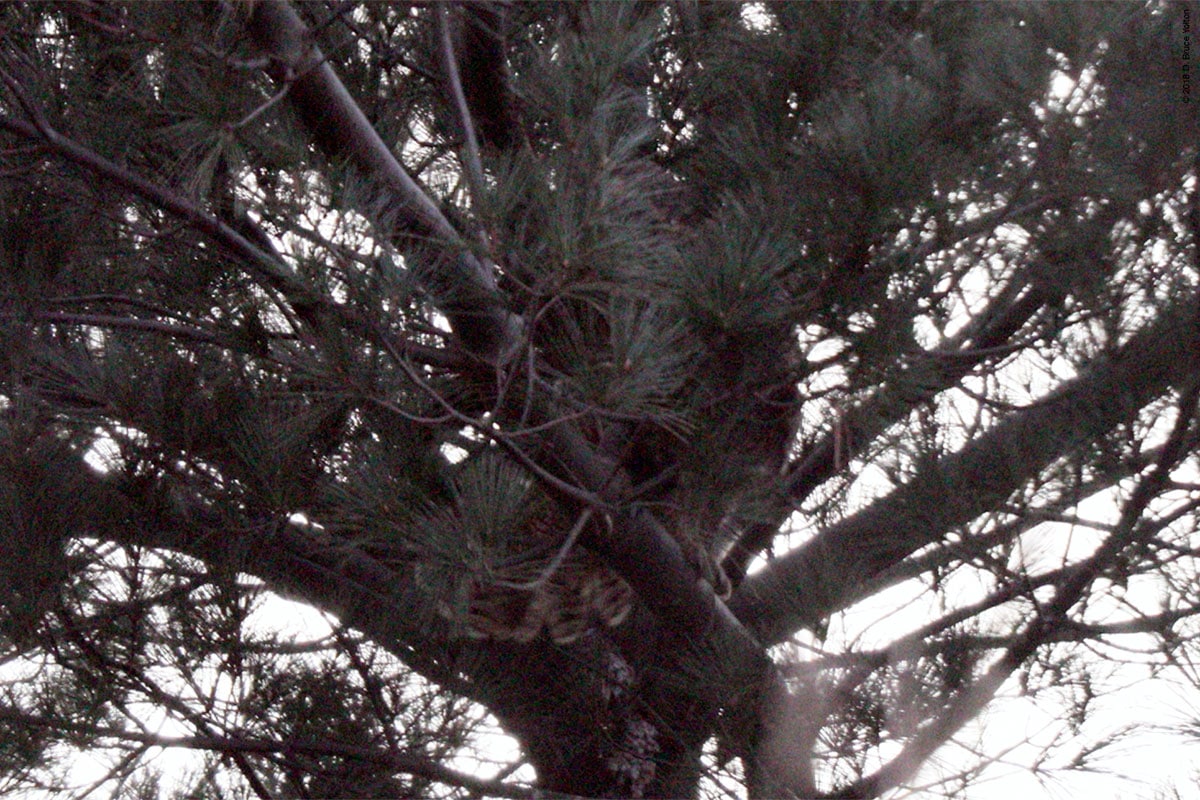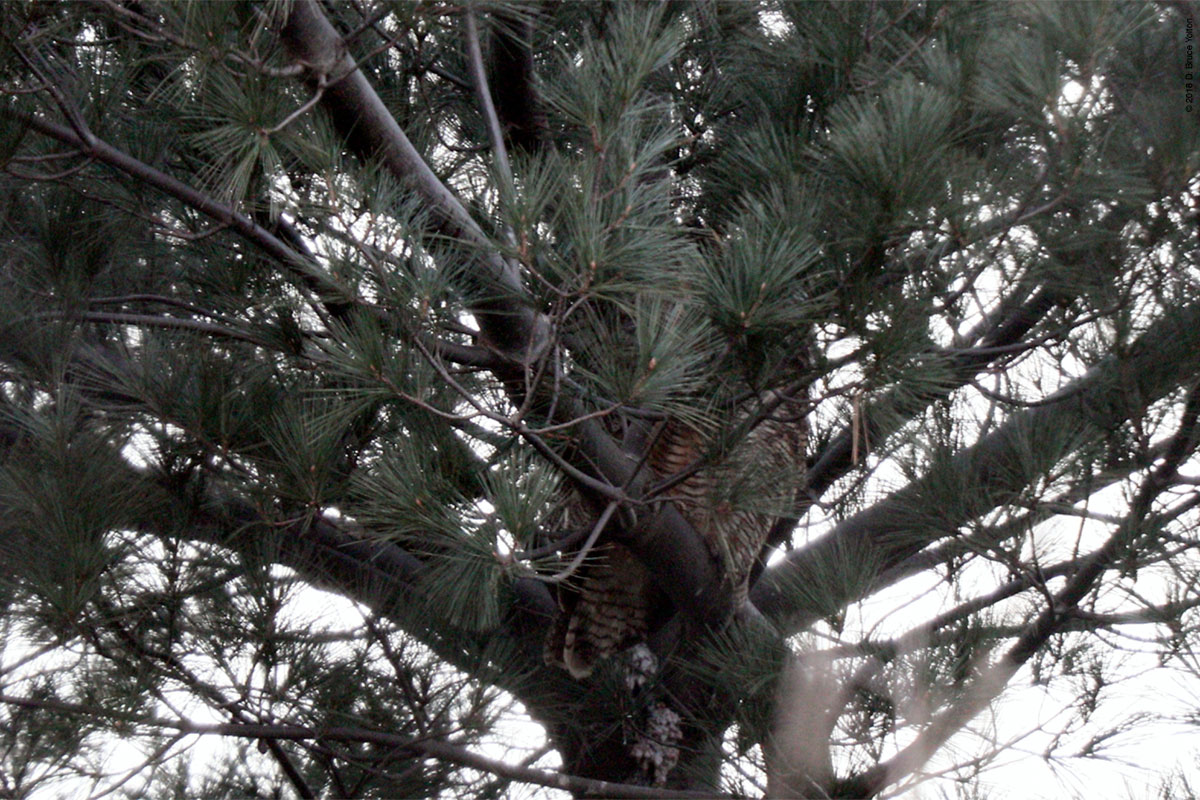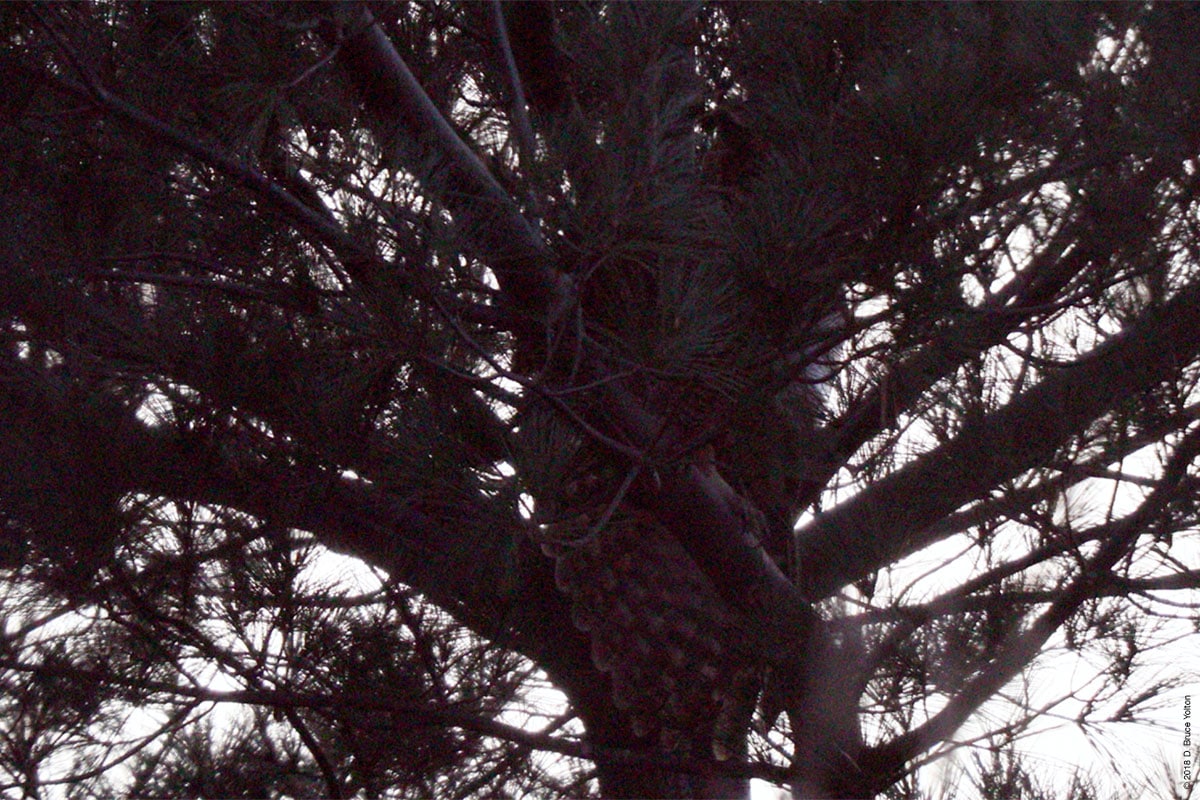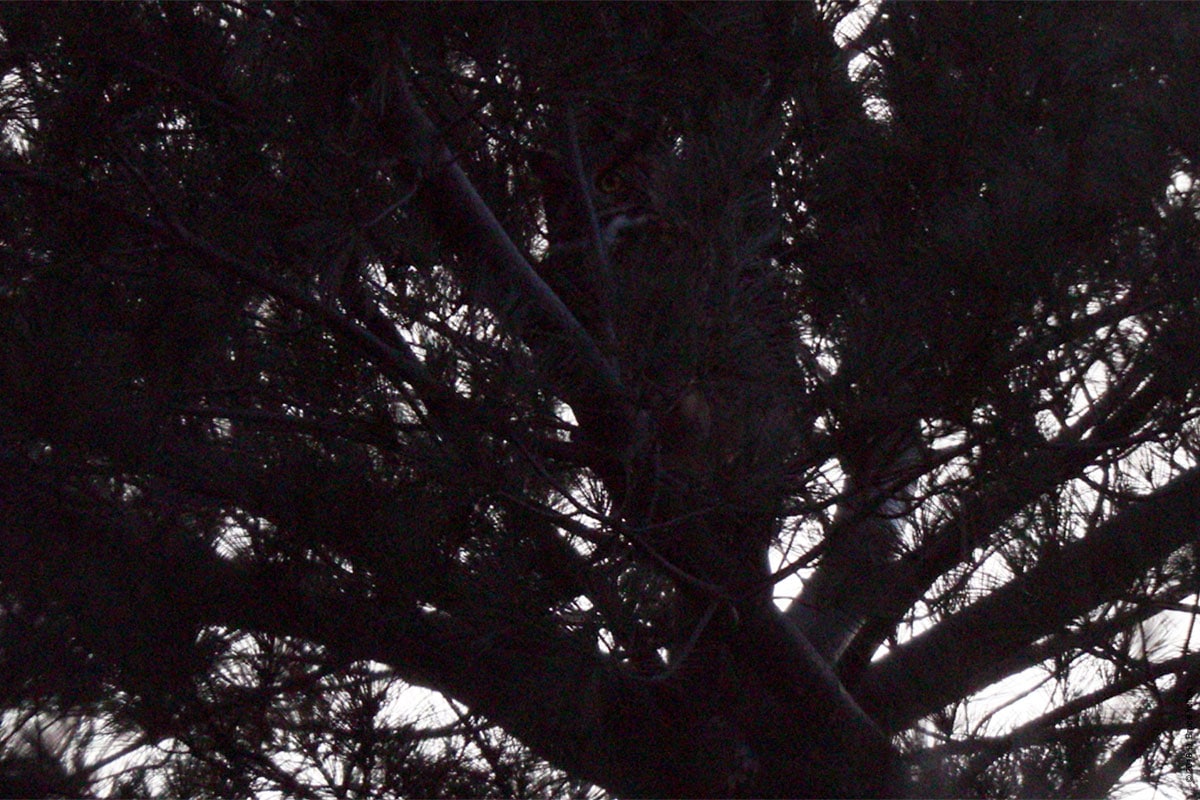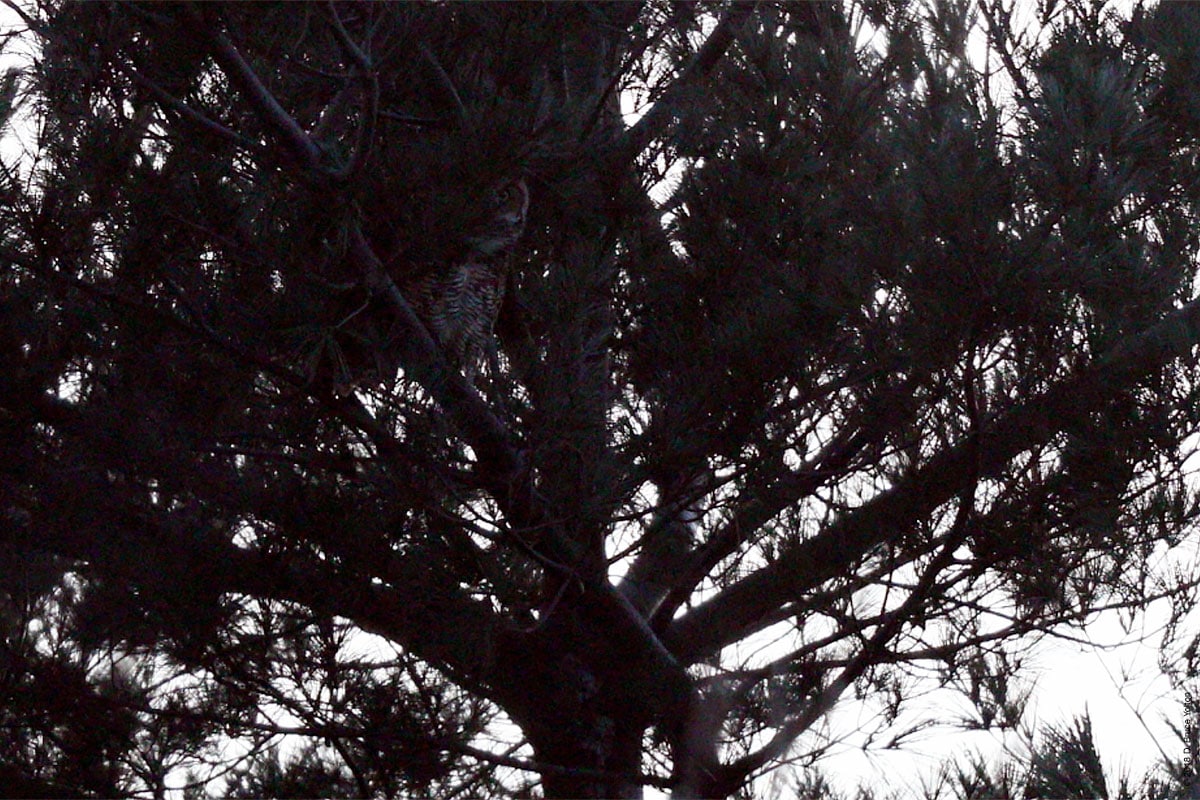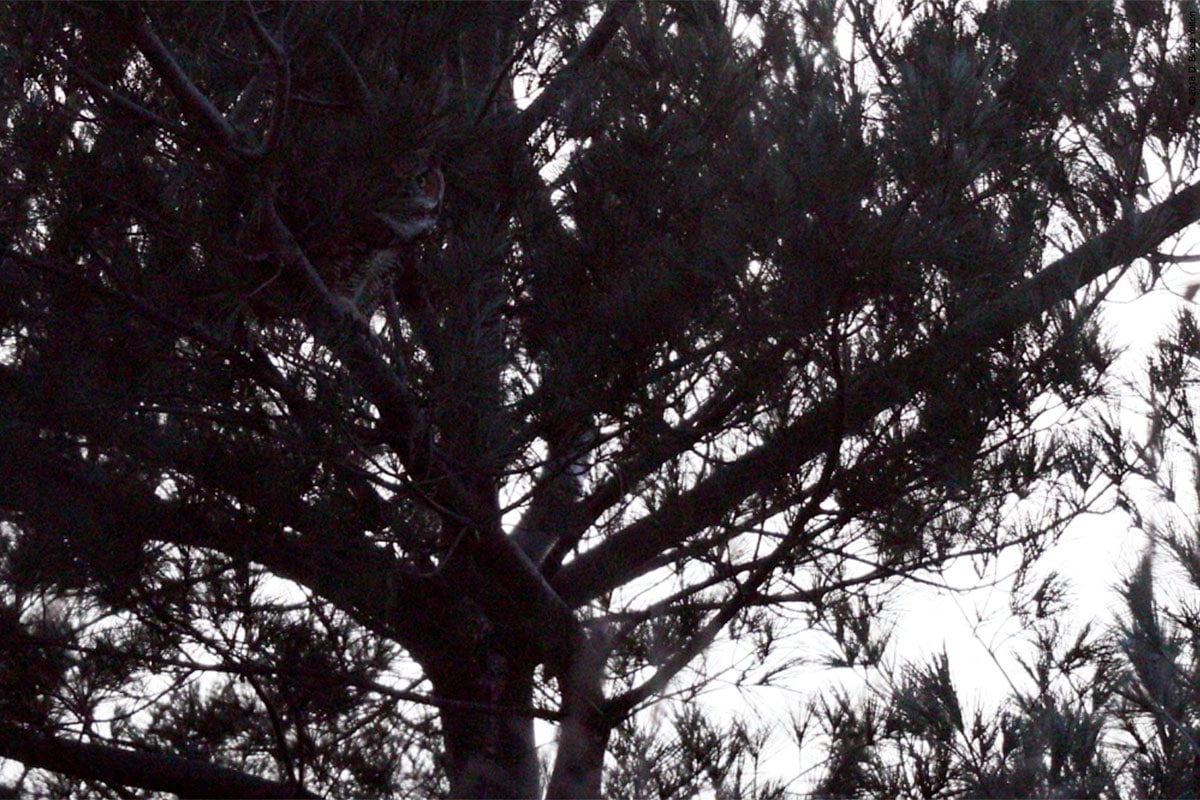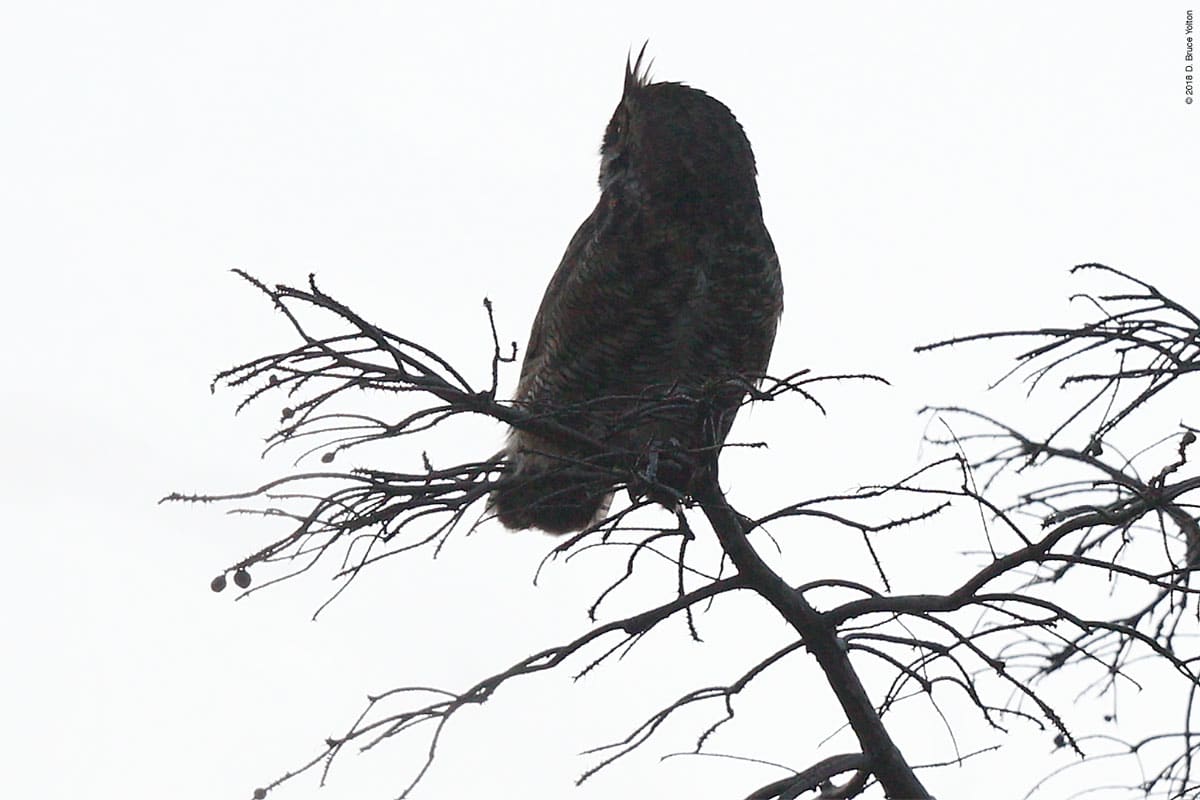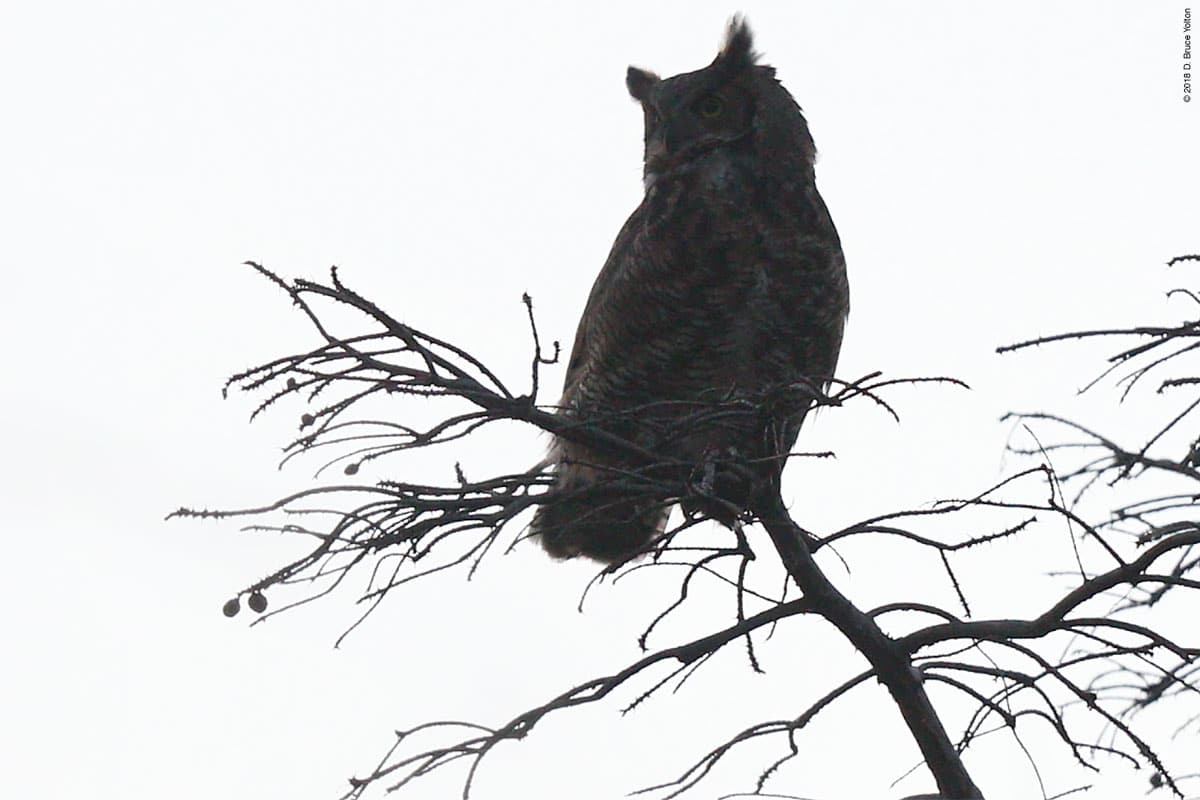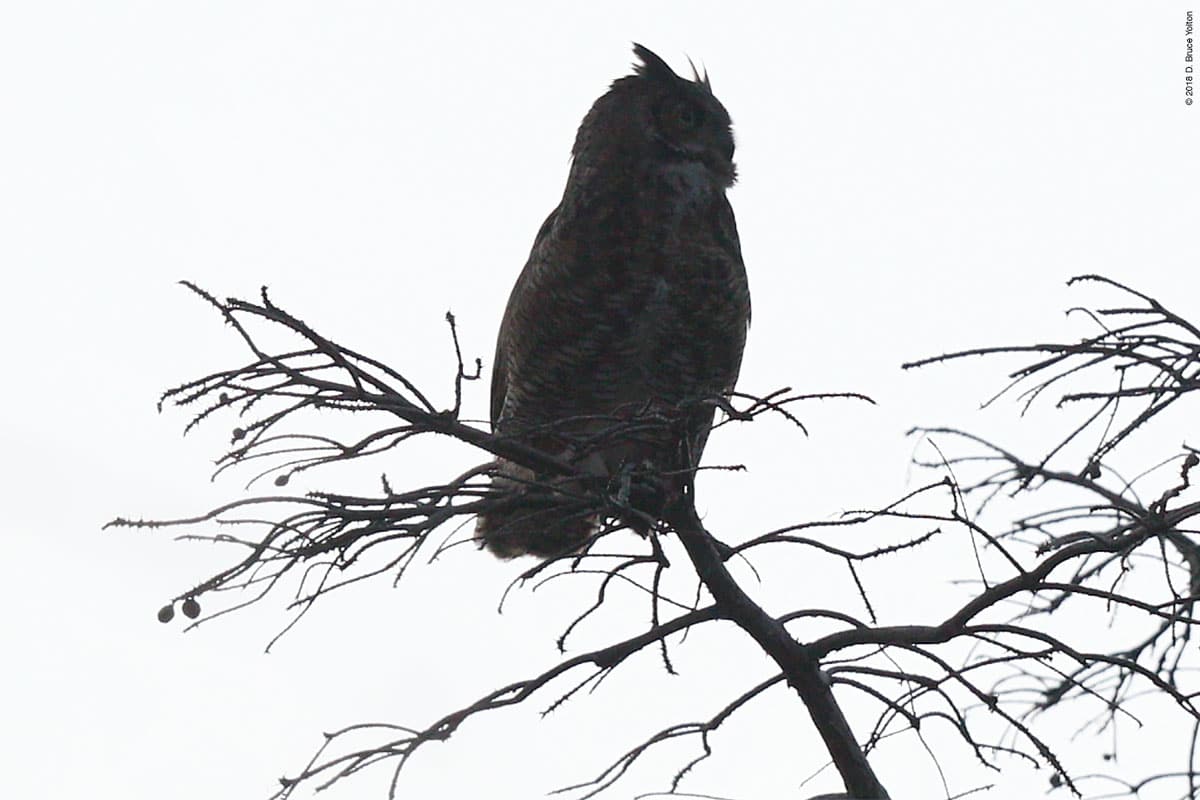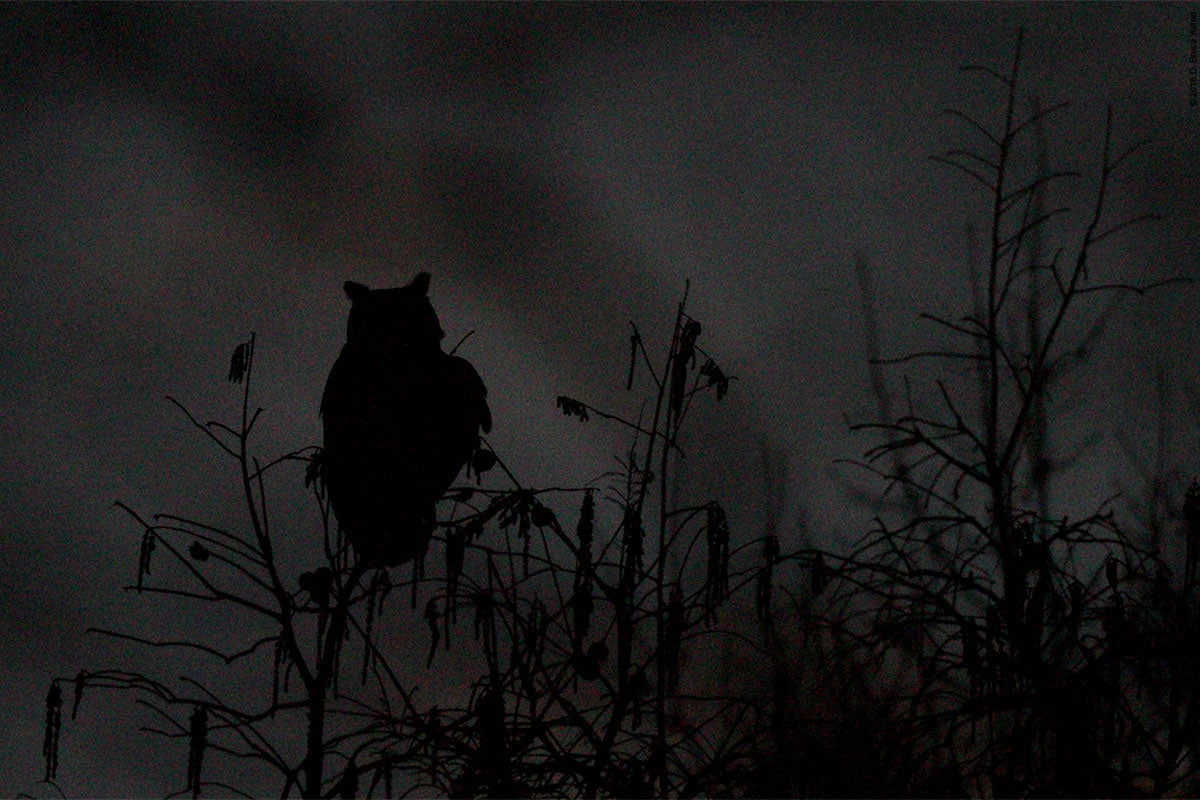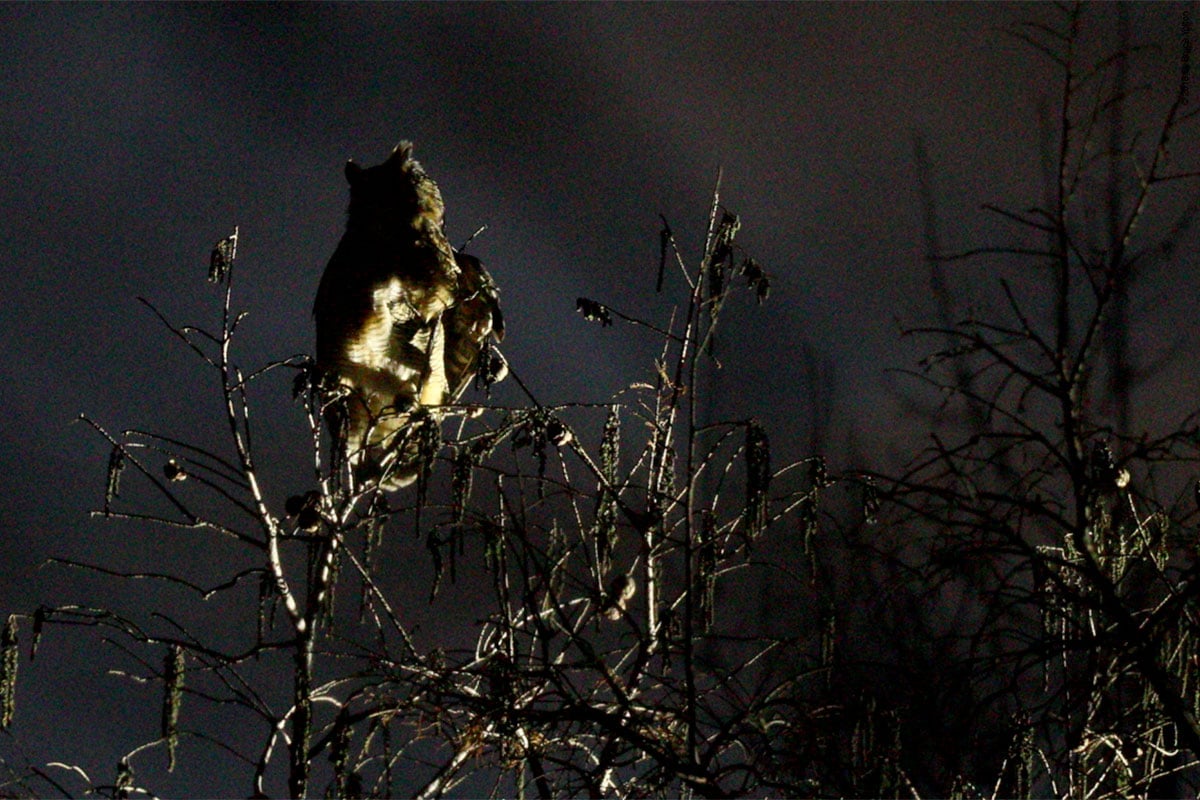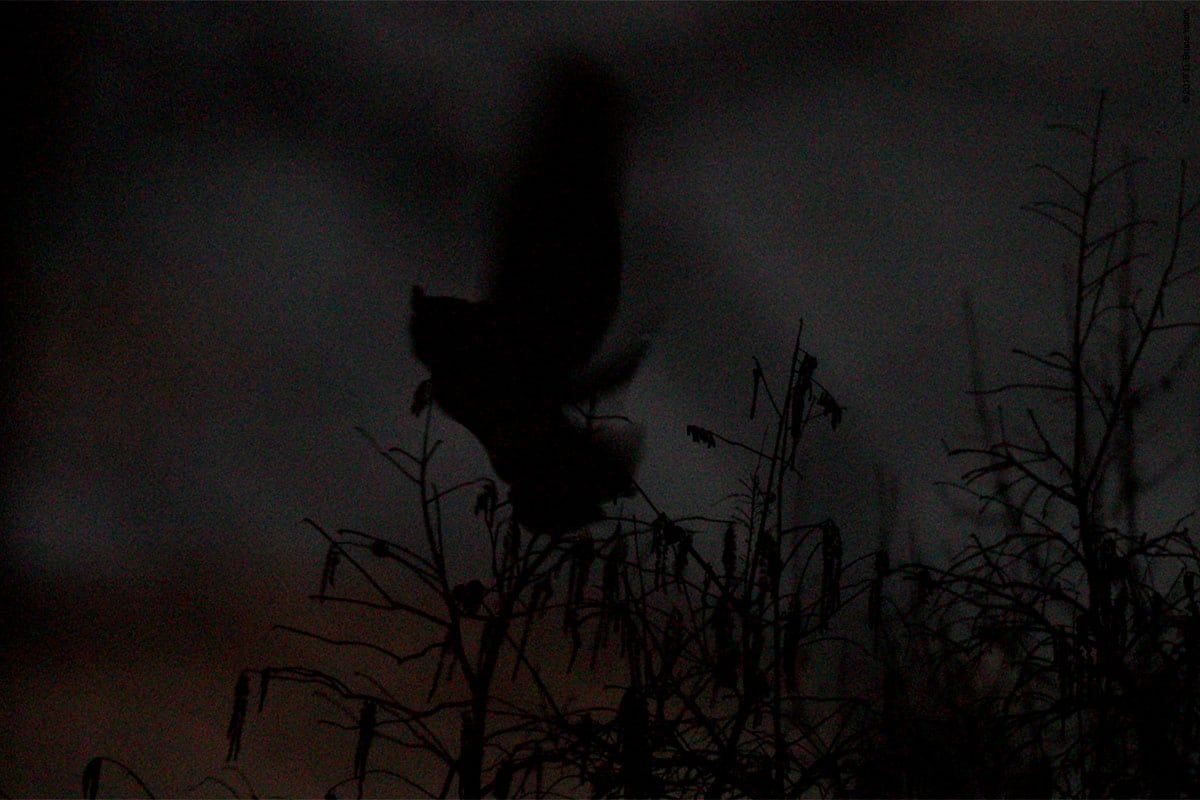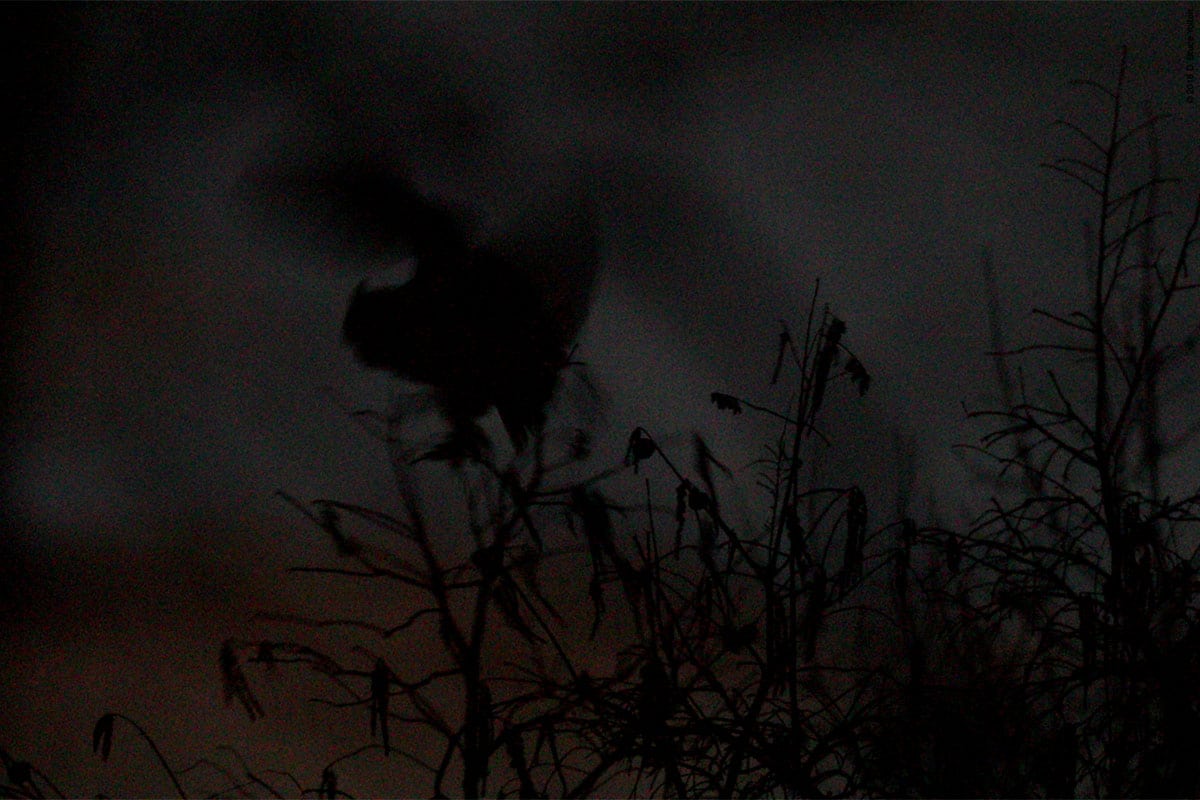Last Sunday night, I witnessed a circus. Robert DeCandido, aka Birding Bob, led an owl walk that included about fifty participants at Shakespeare Garden and Turtle Pond charging $10 per person.
The tour would have been fine, if Bob had the group watch the Great Horned Owl quietly, but Bob needed to put on a show to earn his fee.
So after fly out, Bob played Great Horned Owl calls continuously for over twelve minutes. Then when that didn’t bring the owl into view he played both Northern Saw-whet calls and Barred Owl calls. When I saw that the Great Horned Owl had flown back into view, I let his group know where to look for the owl and I asked Bob to stop playing the calls since the owl was in plain sight. Bob responded by playing more calls, saying “Let’s see if we can bring the owl closer” to his group. When the owl didn’t respond to the playback, Bob led his group closer to the owl and then used a high powered flashlight to illuminate the owl multiple times.
The American Birding Association Code of Birding Ethics, under section 1. Promote the welfare of birds and their environment, states
1(b) To avoid stressing birds or exposing them to danger, exercise restraint and caution during observation, photography, sound recording, or filming.
Limit the use of recordings and other methods of attracting birds, and never use such methods in heavily birded areas or for attracting any species that is Threatened, Endangered, or of Special Concern, or is rare in your local area.
Many birders are against using any kind of audio playback. But even those who do use it, know to use it in moderation. Ethical birders know that using calls to bring in birds should be done with great caution, and especially so with owls who react strongly to them. A few calls, if you are doing survey work may be fine, but once the owl is in view or you hear a call be returned you should always stop your playback. To play calls over and over again is irresponsible, and to keep playing them when an owl is in view is manipulative.
In addition to the issues with the audio playback, there was no reason to shine a high powered light into the eyes of the owl multiple times. The park has lots of artificial light at night and one does not need a flashlight to spot an owl.
Sadly, the tour had many beginning birders, who were being taught all of the wrong lessons about how to respect wildlife. One should never do anything to entice, manipulate or harass wildlife. It also takes the fun out of it. How can you watch an owl’s behavior if you are tricking it with audio playback or blinding it with flashlight?
Bob has been doing this crazy stuff for years. Thankfully, there are great alternatives to his walks from New York City Audubon, the American Museum of Natural History and the Linnaean Society of New York, among others. I would encourage folks to use tours sponsored by these fine organizations. When selecting a walk, I would suggest asking if the leader respects the American Birding Association Code of Birding Ethics, before signing up. Birding is a lot more enjoyable when you know the leader of your walk will do his or her best to respect the birds you are observing.
Luckily even with the circus, I was able to get some good views of the Great Horned Owl. Unfortunately, I was unable to watch any natural behavior, due to the audio playback and the flashlight.
